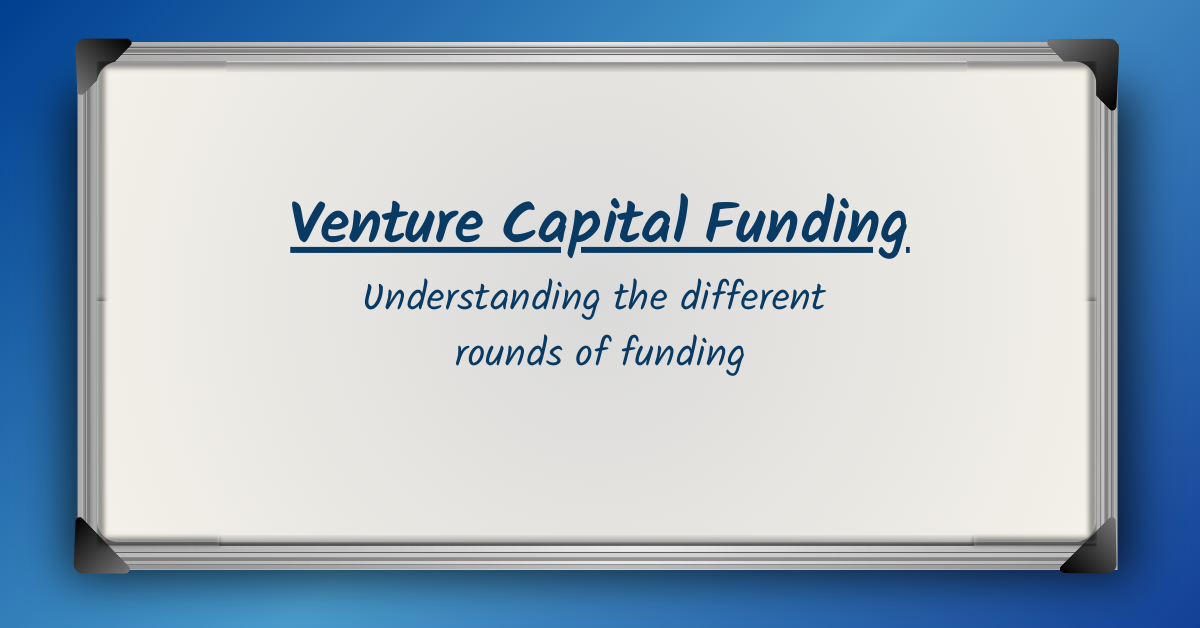
Venture Capital Funding - Understanding the different funding rounds
Stages of Venture Funding
Given the strong interest and enthusiasm around venture capital, it is crucial to understand the various stages of venture rounds and the risk-reward implications for the investors. This note elaborates and addresses the same.
Pre-seed
This is the round in which the founder raises external capital, if required, mainly from family and friends. The capital is typically used to develop a business plan to get the operations off the ground.
Seed
This is the first round of institutional money. The money raised at this level is typically used for product development, market research and establishing product-market fit (PMF).
-
Stakeholders: Angel investors, incubators and early-stage VCs are very active at this stage.
-
Risk-Reward Equation: The risk-reward is high since the product and the addressable market have not been established yet.
Series A
As the company establishes its PMF and starts operations, key metrics such as revenue, and key performance indicators (KPIs) relevant to the business model get established. Series A is raised to scale the product across different addressable markets, and revenue and KPIs provide clearer evidence of the strength of the PMF.
-
Stakeholders: Well-known VCs and existing founders dominate this stage of the funding - typically led by one anchor venture. The companies also continue to deploy money in building the team and expanding the revenue base.
-
Risk-reward: Early stages of product-market fit, the risk is relatively lower than the previous round but continues to be significantly higher due to illiquidity, and lack of scale.
Series B
With an established PMF, user base and evolving business model, Series B is typically used to fuel the growth of the company further, and institutionalise the organisation structure while still remaining lean.
-
Stakeholders: Series B and A are fairly similar but late-stage VCs start to take their seats at the cap table.
-
Risk-Reward: Companies are fairly well-established, and the risk is much lower with strong KPIs to track the progress of the company. However, the typical risks of private funding continue to exist. Certain stakeholders might also have option clauses in case of valuation and relevant performance differences.
Series C and More (if required)
Companies at this stage are already quite successful. Additional funding and any more rounds required are typically for further expansion or inorganic opportunities. The company also positions itself for IPO, raising further capital and providing liquidity to existing investors allowing for exits.
- Stakeholders: Late-stage VCs, and Private Equity Funds dominate this stage of funding.
Pre-IPO Placement
This is the final round of funds raised in the company's private lifetime before opening up the books and business model/economics to the wider public investor base. Pre-IPO is typically done to fund the last round of aggressive growth, re-organise the cap table (which could be driven due to existing embedded options from previous rounds), and reduce the risk of any potential for the failure of the upcoming IPO (12-18 months).
-
Stakeholders: Large Private Equity Funds, and dedicated Pre-IPO funds.
-
Risk-reward: the risk is significantly lower compared to previous rounds. However, the illiquidity could boost returns in case of a successful IPO, or have a severe impact on returns if the same falters (eg. WeWork).
IPO
This is the last round of capital companies raise issuing equity for capital and/or providing liquidity to angel investors, VCs, and other private investors.
Outside of this, companies may also raise a bridge round, defined as a round of financing that helps the company stay afloat until its next larger round.
While the structure of the funding landscape has evolved over time, the rationale for various stages continues to be the same i.e. growth and product-market fit.
Typical Risks in Venture
While the degree of risk differs across stages of funding, the key risks largely remain the same. Few of the key risks include: Business Operational risks, smaller than initially estimated addressable market opportunity, valuations (leading to down rounds), illiquidity (could lead to unfavourable exit timing), corporate governance or lack of oversight, lack of focus on profitability, management churn or founder fueds, and lack of availability of subsequent capital for growth due to market sentiment among others.
Venture Capital Playbook
Most venture capitalists look at product-market fit and the ability to disrupt an existing large market. Product-market fit is defined as being in a good market with a product that can satisfy that market. The second important aspect is the scalability once a start-up established PMF. Scale with some visibility of positive unit economics is funded to grab as much market share as possible with a goal of variable profit at scale compensating for the largely upfront fixed costs in the company providing a path to profitability.
